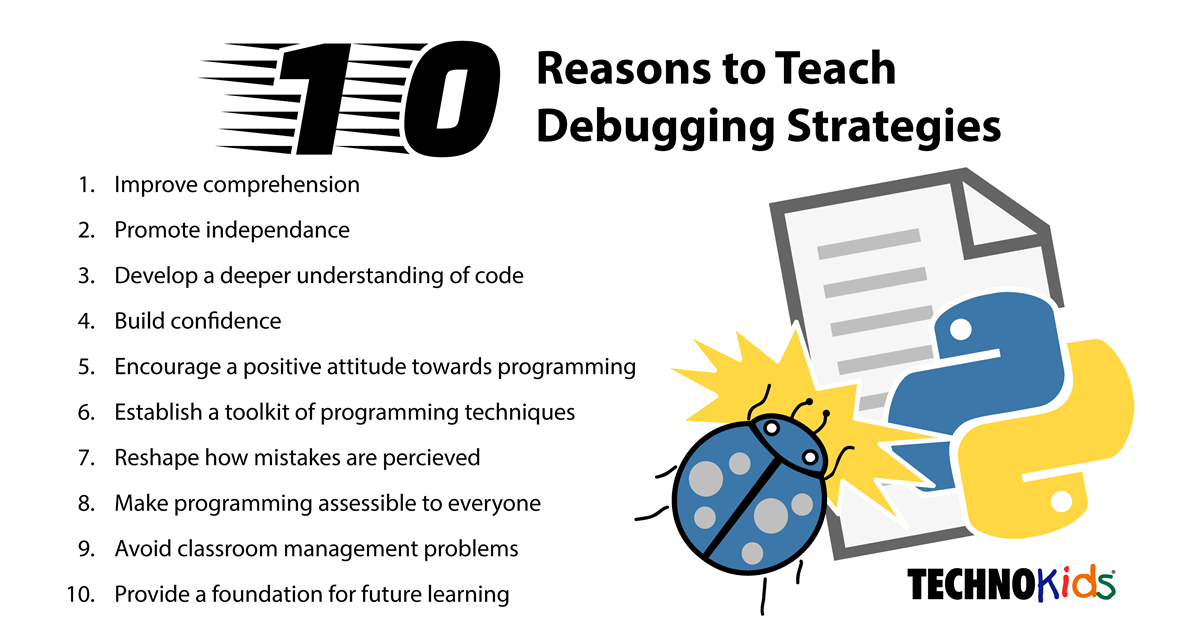
Unraveling the Art of Debugging
Debugging is a fundamental skill in the world of programming, serving as a crucial step in the development process. Effective debugging techniques not only help identify and fix errors but also contribute to writing more robust and reliable code. In this article, we’ll delve into various debugging strategies that empower developers to navigate the complexities of code analysis.
Understanding the Importance of Debugging
Debugging is the process of identifying and resolving errors or bugs within a software program. It plays a pivotal role in ensuring the functionality and stability of applications. By pinpointing and rectifying issues, developers can enhance the overall quality of their code and deliver more reliable software solutions.
Embracing Systematic Troubleshooting
One of the key aspects of effective debugging is adopting a systematic approach to troubleshooting. Developers need to methodically analyze the code, isolate the problem, and identify potential causes. This systematic process helps prevent overlooking critical details and ensures a thorough examination of the codebase.
Leveraging Print Statements and Logging
A classic yet powerful debugging technique involves the strategic placement of print statements or logging within the code. By strategically inserting these statements, developers can trace the flow of the program and inspect variable values at different points. This method is particularly useful for understanding the sequence of operations and detecting anomalies.
Harnessing the Power of Breakpoints
Modern integrated development environments (IDEs) provide developers with a valuable tool—the breakpoint. Placing breakpoints allows developers to pause the execution of the program at specific points, enabling them to inspect the state of variables and identify issues step by step. This interactive approach greatly facilitates the debugging process.
Exploring Interactive Debugging Tools
Many programming languages come equipped with interactive debugging tools that allow developers to interact with the code during execution. These tools provide features like stepping through code, setting breakpoints, and examining variables in real-time. Leveraging these tools enhances the efficiency and precision of debugging efforts.
Employing Unit Testing for Early Detection
Integrating unit testing into the development workflow is an effective way to catch bugs early in the process. Unit tests are designed to evaluate the functionality of individual components or units of code. By automating these tests, developers can quickly identify issues as soon as they arise, streamlining the debugging process.
Collaborative Debugging Practices
In a collaborative development environment, debugging becomes a team effort. Developers can benefit from peer reviews and collaborative debugging sessions where multiple eyes scrutinize the code. This collective approach often leads to the discovery of different perspectives and innovative solutions to complex issues.
Continuous Learning and Documentation
Effective debugging is an evolving skill that benefits from continuous learning. Developers should stay updated on debugging tools and techniques relevant to their programming languages. Additionally, maintaining comprehensive documentation of debugging processes and solutions aids not only the developer but also the broader development team.
Learn Debugging Techniques: A Comprehensive Guide
For those looking to enhance their debugging skills, a valuable resource awaits here. This link provides a comprehensive guide to debugging techniques, offering tutorials, tips, and insights to help developers master the art of debugging. With a structured learning approach, it serves as a valuable companion for those navigating the intricacies of code analysis.
This article explores the nuances of debugging, emphasizing its importance in the development process. It covers various techniques, from systematic troubleshooting to leveraging advanced tools like breakpoints and interactive debugging features. The inclusion of a resource link offers a comprehensive guide for developers keen on honing their debugging skills.
